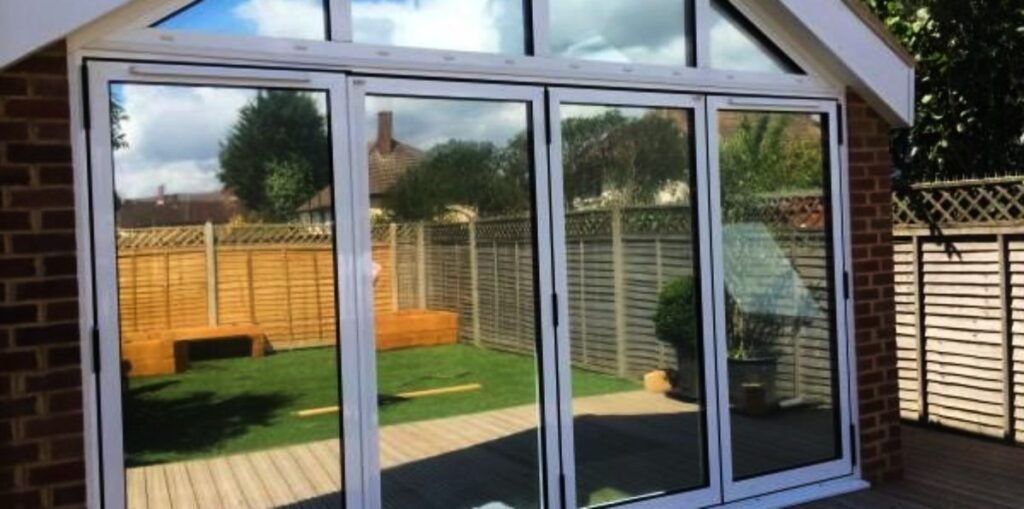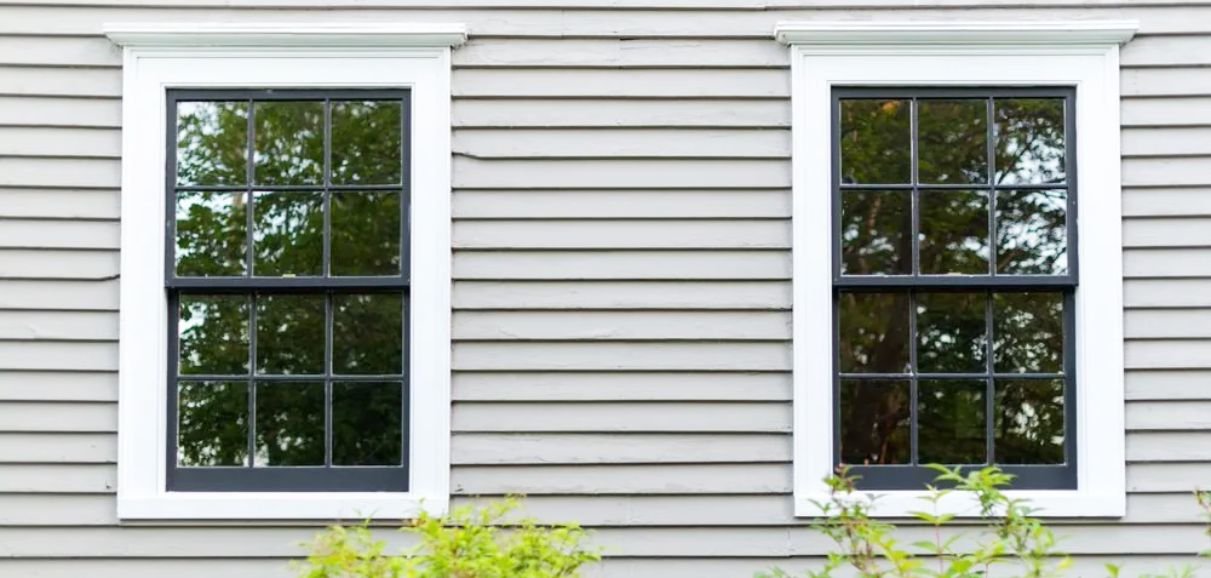When it comes to tinting the windows in your home, finding the right level of darkness can be a tricky decision. You want to balance privacy and maintaining natural light, while also considering any legal restrictions in your area. In this article, we will explore the factors to consider when deciding how dark to tint your home windows, including the purpose of window tinting, the different tint levels available, and each option’s potential benefits and drawbacks.
By the end of this article, you will have a clearer understanding of making an informed decision that suits your needs and preferences. So, let’s dive in and explore the world of window tinting!
Factors to Consider When Choosing the Darkness Level
When it comes to tinting the windows in your home, there are several factors to consider when deciding how dark to tint them.
1. Privacy:
One important factor to consider when choosing the darkness level for your home window tinting is privacy. How much privacy do you want or need in your home? Darker window tints will provide more privacy as they are harder to see through from the outside.
This can be particularly beneficial if you live in a densely populated area or have windows facing a busy street. On the other hand, if privacy is not a major concern for you, you may opt for lighter tints that still offer some level of privacy while allowing more natural light to enter your home.
2. Natural Light:

Another factor to consider is the amount of natural light you want to have in your space. Darker window tints will reduce the amount of natural light that enters your home, creating a more dim and cozy atmosphere. This can be desirable in rooms like bedrooms or home theaters where you want to minimize glare and create a more intimate ambiance.
However, if you value natural light and want to maintain a bright and airy feel in your home, lighter tints or even clear window films may be a better choice as they allow more sunlight to pass through.
3. Legal Restrictions:
It’s important to research and comply with any legal restrictions or regulations regarding window tinting in your area. Different regions may have specific laws regarding the darkness level of window tints, particularly for front-facing windows or windows near roads. Make sure to check with local authorities or consult a professional to ensure that your chosen tint darkness level meets the legal requirements.
4. Heat and Glare Reduction:
Window tinting can also contribute to reducing heat and glare in your home. Darker tints typically provide better heat rejection properties, helping to keep your home cooler in hot weather. They can also reduce glare from direct sunlight, making it more comfortable to work or relax near windows. If heat and glare reduction are important factors for you, a darker tint may be beneficial.
5. Aesthetics:
Lastly, consider the overall aesthetics of your home when choosing the darkness level for your window tinting. Darker tints can add a sleek and modern look to your home’s exterior, while lighter tints may blend more seamlessly with the existing architecture and design. Consider the style and color of your home, as well as your personal preferences, to select a tint of darkness that enhances the overall appearance of your property.
How Dark Should I Tint My Home Windows?
Selecting the right tint level depends on your specific needs and preferences. If you enjoy natural light and want to enhance your home’s aesthetics, light or medium tints are a great choice. For maximum privacy and energy savings, dark or ultra-dark tints are recommended.
Different Darkness Levels and Their Benefits:
Now, let’s explore the most common tint darkness levels:

1. Light Tint (50-70% VLT)
Light Tint is a great option if you want to maintain a bright and open atmosphere in your home while still enjoying some benefits of window tinting. This level of darkness provides a subtle tint that can help reduce glare and block harmful UV rays, while still allowing a significant amount of natural light to enter your space.
It is particularly useful for rooms that receive direct sunlight throughout the day, as it can help to minimize heat and glare without compromising visibility or the overall brightness of the room.
2. Medium Tint (30-50% VLT)
If you prefer a slightly darker tint, a medium tint with a VLT (Visible Light Transmission) of 30-50% can be a good option. This level of darkness provides increased privacy while still allowing a fair amount of natural light to enter your home. It can significantly reduce glare and heat, making it suitable for rooms that receive a moderate amount of sunlight.
Medium tints also offer a balance between aesthetics and functionality, as they can add a touch of sophistication to your home’s exterior while providing the desired level of privacy.
3. Dark Tint (5-30% VLT)

For maximum privacy and heat reduction, a darker tint with a VLT of 5-30% is recommended. This level of darkness is ideal for rooms where privacy is a priority, such as bedrooms or bathrooms. Dark tints can block a significant amount of sunlight, reducing heat and glare to create a more comfortable living environment.
However, it’s important to note that darker tints can also limit the amount of natural light entering your space, so consider this factor when choosing a darkness level.
How Dark Should I Tint My Home Windows- FAQs
VLT, or Visible Light Transmission, measures the amount of light that passes through the tint. It’s essential because it determines how dark or light your windows will appear.
Quality window tints are designed to resist fading and bubbling. However, the longevity of your tint depends on the quality of the installation and the product itself. Professional installation and high-quality tints can last for many years.
Yes, window tint can be removed if you decide to change the level of darkness or remove it entirely. However, the removal process can be challenging and may require the use of specialized tools and techniques. It’s generally recommended to seek professional assistance for window tint removal to ensure it is done properly without damaging the glass or leaving adhesive residue.
Conclusion
In conclusion, the ideal darkness level for your home window tinting depends on your unique preferences and needs. Light tints offer aesthetics and minimal UV protection, while darker tints provide enhanced privacy and energy efficiency. When considering window tinting, always check local regulations, invest in professional installation, and enjoy the benefits of a comfortable, stylish, and energy-efficient home.
If you’re ready to embark on your window tinting journey, remember that the right choice can transform your home into a haven of comfort and beauty. So, ask yourself, “How dark should I tint my home windows?” and make the choice that suits your lifestyle and goals.
Read Also:
